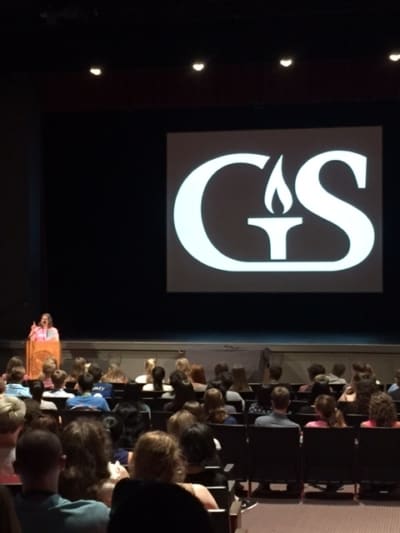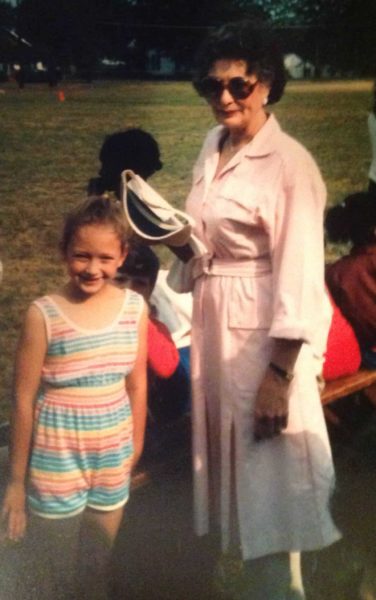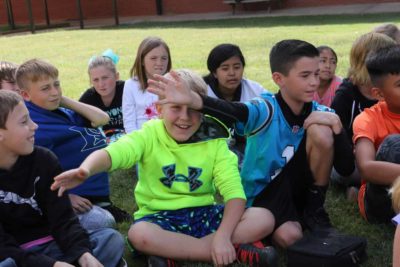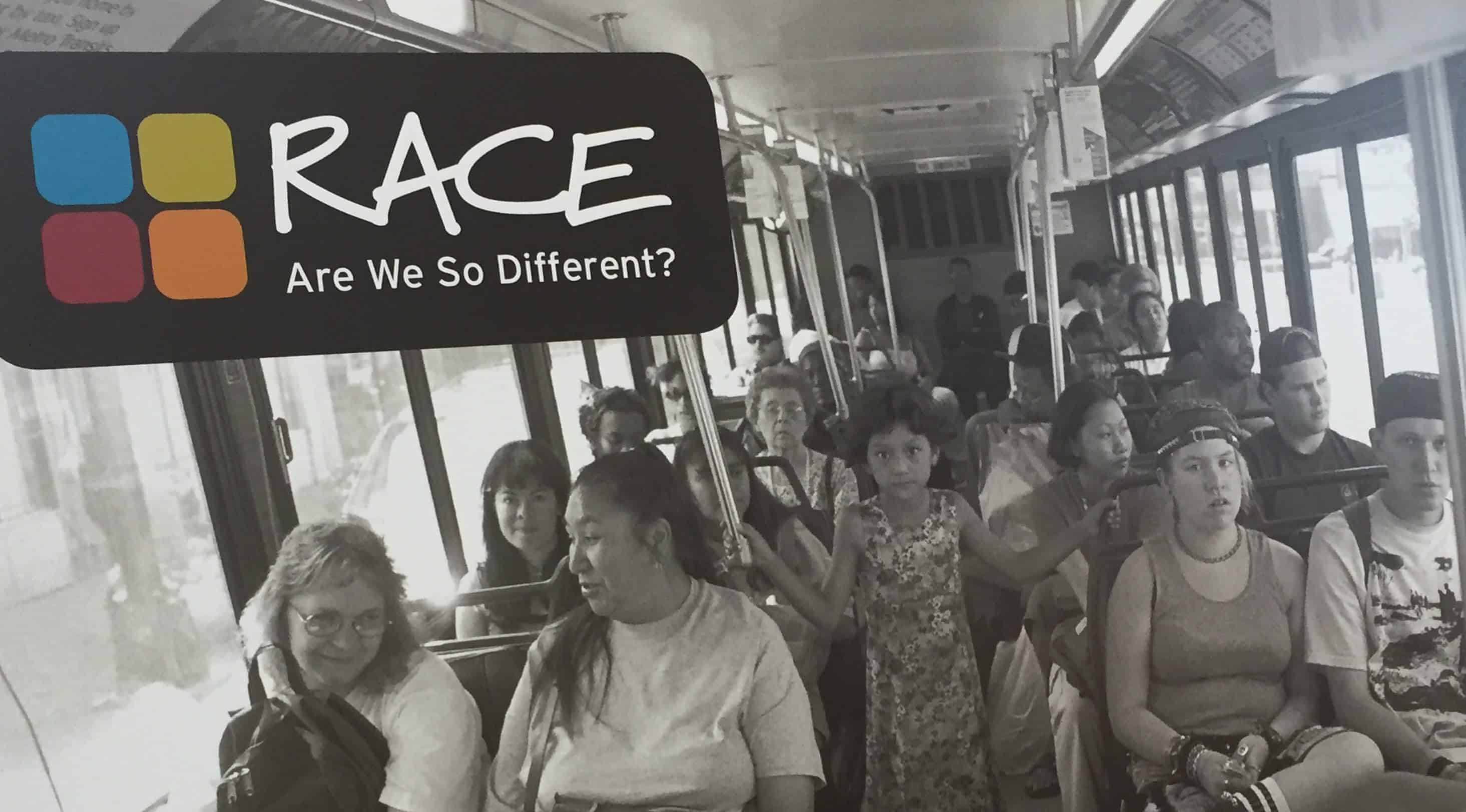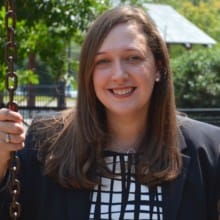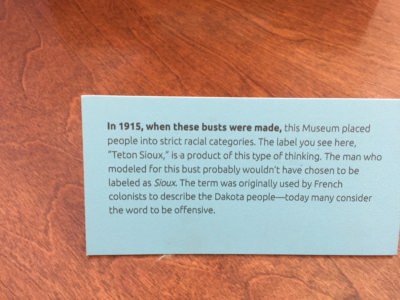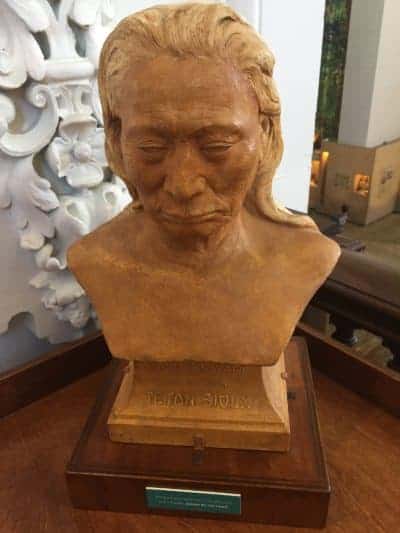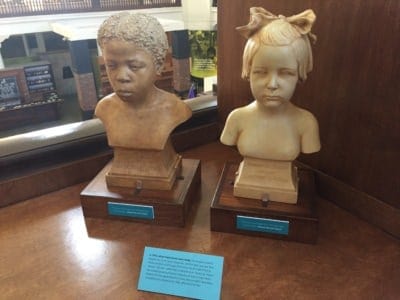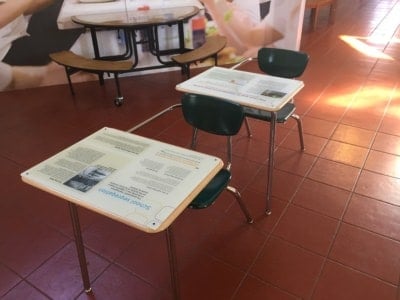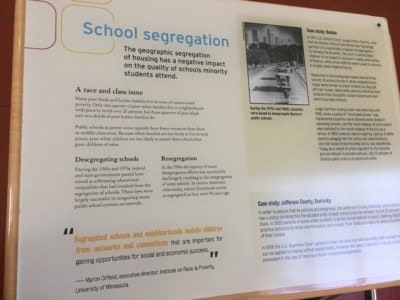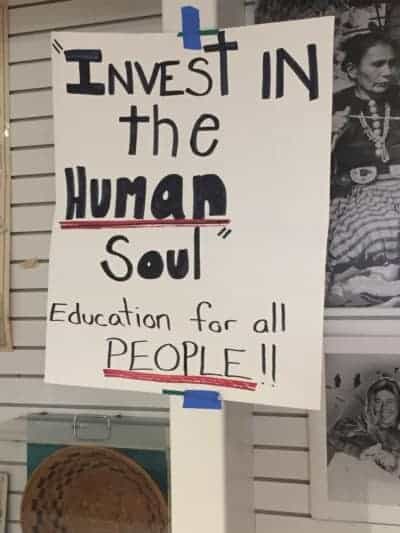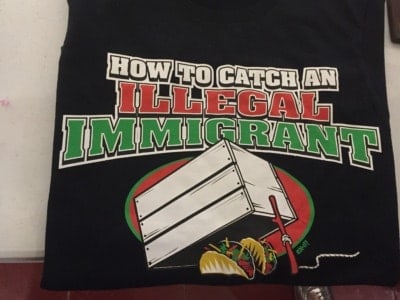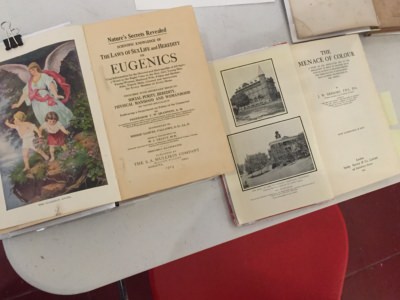All last week, teachers of color reflected on their experiences in our “Teaching-in-color” series. They shared personal and difficult details about the challenges they face in their classrooms. They reflected on the impact of their marginalization on their students. They returned to the statistic that shows how educators in classrooms do not reflect the student population: In the 2016-17 school year, 80 percent of the state’s public school teachers were white while more than half of students are people of color. The difference matters. Several studies have shown that when students see themselves reflected in their educators, outcomes improve.
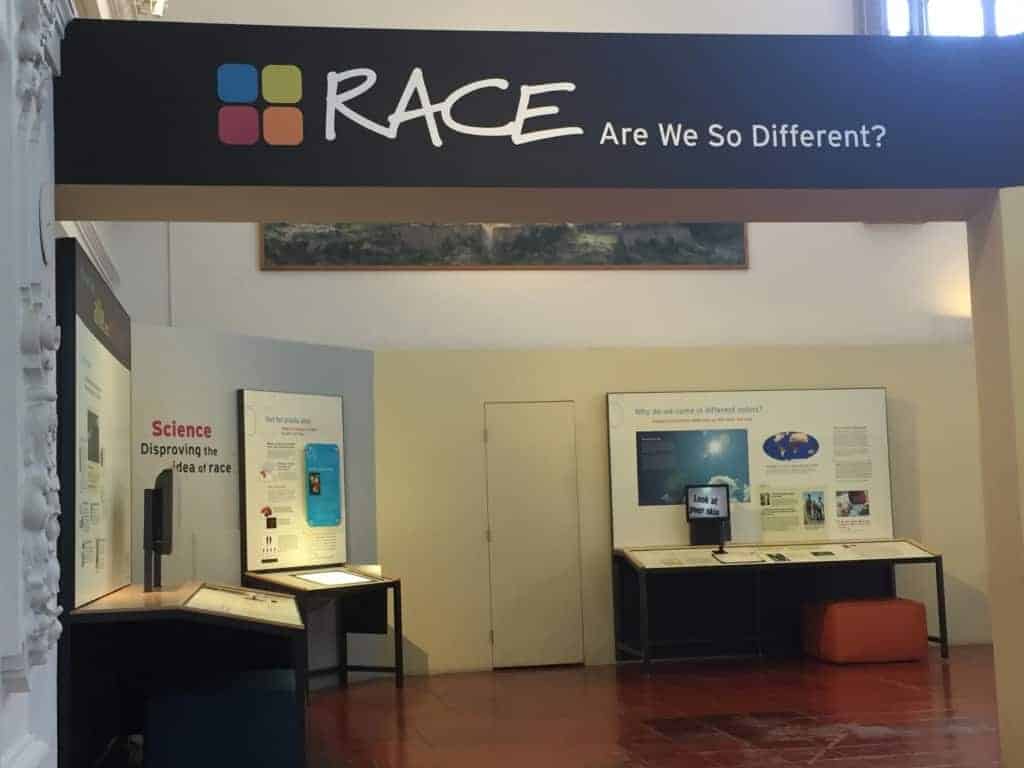
Understanding race in the classroom requires understanding the complexities of race in American society. The NC Museum of Natural Sciences hosted an exhibit last year called “Race: Are We So Different?” The exhibit was developed by the American Anthropological Association (AAA) and the Science Museum of Minnesota where a permanent exhibit opened in 2007. Museums across the country have housed the traveling exhibit over the last decade. The San Diego Museum of Man is also home to a permanent installation that I recently had the opportunity to experience.
The Race exhibit is not about telling people what to think, said one of the exhibit creators and co-author of the companion book, Race: Are We So Different?, Yolanda Moses. The exhibit is a space to offer information about the biological, historical, and cultural aspects of race. “We wanted to do it in as dispassionate a way as possible so people could come to their own conclusions,” Moses said.
Anthropologist and scholar Irma McClaurin played a key role in the exhibit’s presence in Raleigh. She emphasized the importance of the three elements of the exhibit: “(1) Race is a recent human invention. (2) The idea of race is about culture, not biology. (3) Race and racism are embedded in our institutions and everyday life.”
“Race: Are We So Different?” focuses on some of modern scientific evidence that “skin color is only weakly correlated with most other human traits.”1 The scientific distinction is crucial, McClaurin said. “If it is a culture, it can be changed. If it is biology, it is immutable.”
The American Anthropological Association issued a statement on race in 1998 that said in part, “Evidence from the analysis of genetics (e.g., DNA) indicates that most physical variation, about 94%, lies within so-called racial groups. Conventional geographic ‘racial’ groupings differ from one another only in about 6% of their genes. This means that there is greater variation within ‘racial’ groups than between them.”
Yolanda Moses who served as president of the American Anthropological Association from 1995-1997, said it is important for the association to issue the statement and create the exhibit because in the past, the AAA contributed to perpetuating some misinformation about the origins of race. Part of the impetus for creating the exhibit was to begin to undo the idea that race is defined by biological difference.
“Race is not real biologically,” Moses said. “It is a social construct and that is hard for people to get their heads around.”
Post-visit evaluation of visitors to the North Carolina Museum of Natural Sciences showed a change in how they “wrapped their heads around” understanding of race. After experiencing the exhibit, fewer visitors saw race as biological or genetic and more understood it as a social/cultural division of humans.
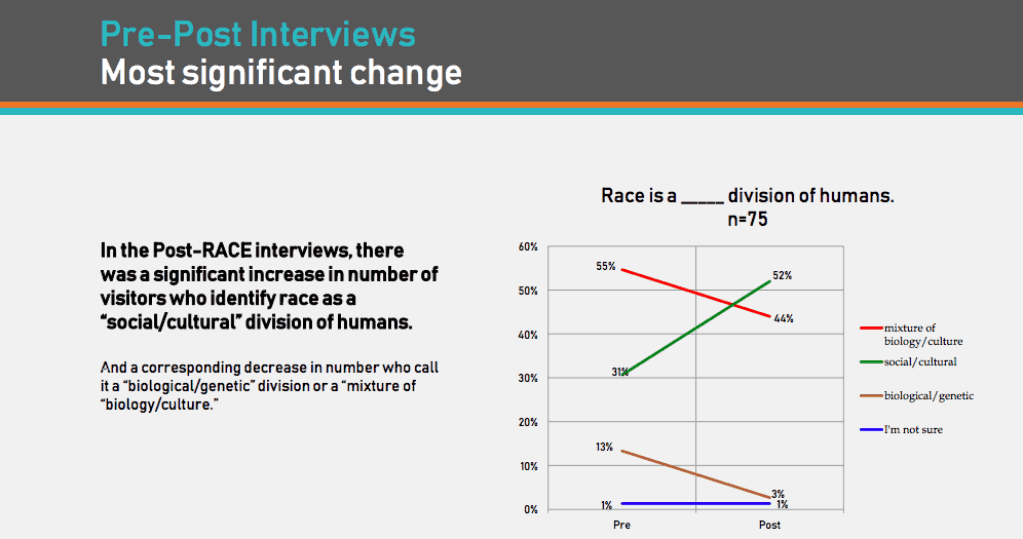
Understanding the science is only part of the process. Because of the way race has been interpreted and constructed throughout history, cultural, economic, political, and social implications exist. Visitors to “Race: Are We So Different” explore the complexities of race and examine their own understanding and experience of race.
Race in schools
“What does it mean to bring race into public education?” McClaurin asked. At my visit to the San Diego Museum of Man, I spoke with Deputy Director Ben Garcia and Education Specialist for Equity, Inclusion, and Social Justice Sydney Garcia about the ways they engage with students.
The San Diego Museum of Man also played a part in creating stereotypes about race, Sydney Garcia explained. The museum hosted an exhibit on physical anthropology in 1915 that categorized people into racial groups. She talks with student groups about how race was understood a century ago and how it is understood now.
There is a level of awareness by school groups of the complexity of race, even if they may not have the language to describe it, Sydney Garcia said. She leads student groups through the exhibit and facilitates conversations about microaggressions, implicit bias, access, and opportunity.
Sydney Garcia said her thinking on safe spaces has evolved, and she now looks to create “brave spaces.” The linguistic shift reflects an understanding that conversation about race can be emotion-filled, challenging, and complex.
Garcia is intentional in her work. Initially, the museum educators conducted a privilege walk, she said. The education team soon realized the tone it set at the outset of the museum experience did not foster the kind of open dialogue they hoped to have. Apex Friendship High School teacher Christina Spears wrote in her piece for the series about the need for open dialogue and the ways students and teachers of color “speak our truth” at predominantly white institutions. The educational components of the Race exhibit in Raleigh also hosted special programming including speeches, panels, and gatherings to engage attendees in active conversation about race.
Sydney Garcia’s passion and enthusiasm was apparent as she shared the artifacts she has collected to give student visitors a more hands-on experience.
Students are not the only target audience for the exhibit. “Students are open,” Moses said. “We need to give teachers the tools to have these conversations.”
Carrying the conversation forward
A visit to the exhibit demonstrated that it is not a static creation; “Race: Are We So Different?” was clearly designed to be a catalyst for conversation. It did not purport to have all the answers to complex and layered questions about race in our society, but it offered a “brave space” for conversations that might yield answers.
Ben Garcia said hosting the exhibit at The San Diego Museum of Man in 2011 was a catalyst for the entire museum. “The audience was more reflective of the demographics of the community,” Ben Garcia said. The relationships built during the initial installation have opened new partnerships for the museum with organizations working in the racial equity space.
The effects of exhibit’s presence in North Carolina are evident as well. Post-visit interviews showed attendees developed better understanding of race and ancestry after experiencing the exhibit.
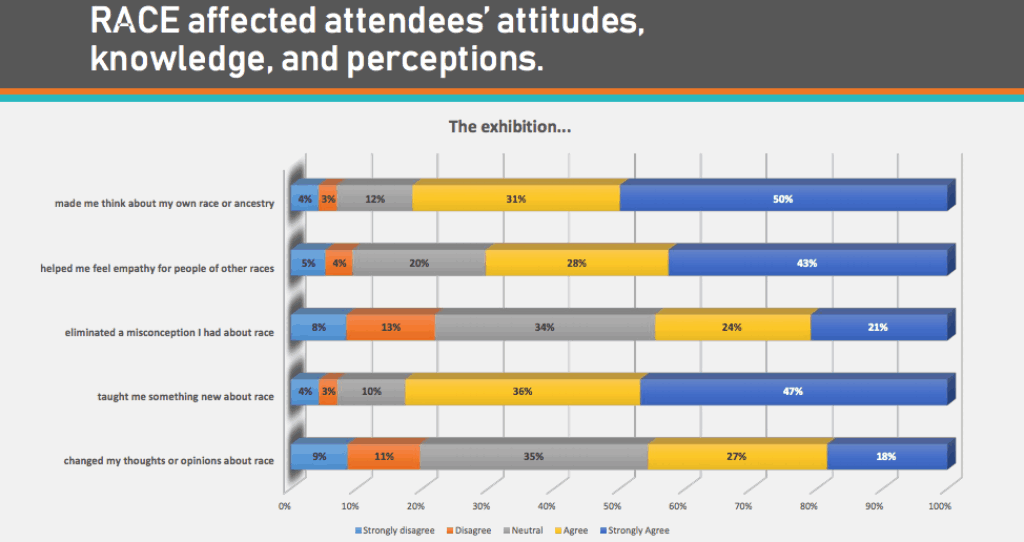
Moses, along with colleagues from across the country, is looking at ways the exhibit might continue and evolve. She hopes updates will include an examination of race in other countries, increased social media engagement, and opportunities for the exhibit to travel to lesser populated parts of the country.
An outstanding exhibit isn’t one that people view and move on. It is one that stays with them, rests in their consciousness, and alters the lens with which they view the world. Sometimes, an exceptional exhibit is one that leads people to take action.
The physical presence of the exhibit in the state served as a springboard for continued conversation about race. Perhaps nowhere are those conversations more critical as in and around the state’s schools system. As the authors of Race: Are We So Different note, “Educators didn’t create racial myths or racial inequality; but they live with these each and every day.”
For more information or to watch videos of events, panels and conversations from the Museum of Natural Sciences livestream, please click here.
Recommended reading
